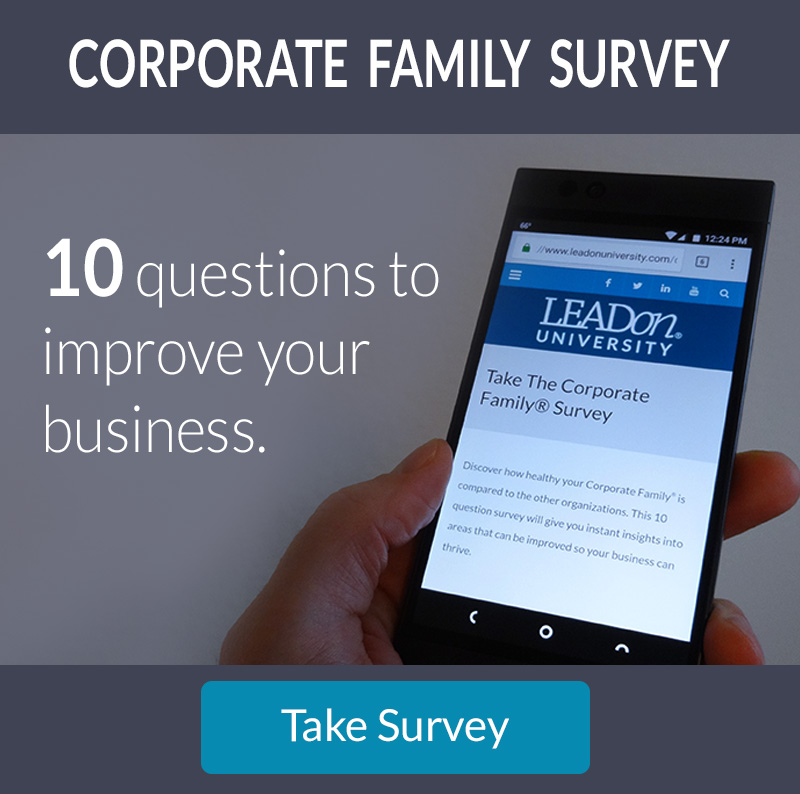Generational Differences
“My mother and I had a generational smackdown this past weekend,” the young woman shared with a smile. “She didn’t like the way I responded to a question, but it’s really her fault for raising me with so much confidence, right?”
As a Boomer, I didn’t know exactly how I should respond to this “overshare,” but the clerk’s co-worker, another Millennial, piped in before I could utter a word.
“I know what you mean. Our boss often says I’m too open about my thoughts and feelings. She’s also constantly telling me to get off my phone, even though sometimes I’m looking things up for customers. At least I’m able to multitask, right?”
Both employees fixed their gaze on me, awaiting a reply. Because I wanted to make my next appointment on time (and didn’t want to be part of any “smackdown” experience), I kept my response short and sweet. Yet the honesty of these Millennials, quite typical for members of their generation, kept coming to mind afterward, especially since so many individuals LEADon® has worked with over the years have expressed their frustrations about interacting with various generational groups too.
While such frustrations are normal, they can also lead to conflict in families, particularly within your Corporate Family®. Why? Because with five different generations in today’s workplace, there are five distinct methods that people use to connect and communicate with others. According to Dr. Bea Bourne, this reality means a “one size fits all” philosophy simply doesn’t’ work in 21st century companies (see www.purdueglobal.edu/education-partnerships/generational-workforce-differences-infographic/ for a great summary of Dr. Bourne’s research). Therefore, exceptional leaders must make an intentional effort to address the generational differences that exist within their organizations, and the first step you can take is to understand more about each of those five generations:
- Silent Generation / the Builders: those born from 1925-1945 were instilled with the warrior spirit of their parents (the Greatest Generation), and they were responsible for rebuilding the U.S. after two major world wars in the 20th century. A small percentage of these “Builders” are still in the workforce, but those who’ve retired may have created or helped shape the organization you are part of today.
- Baby Boomers / the Changers: these post-war babies born between 1946-1964 literally “boomed” into existence, surprising everyone with the size of their generational group as well as their desire to revolutionize the world. They did just that with the intensity of their efforts and exemplary work ethic which they acquired from the hard-driving generations before them.
- Generation X / the Survivors: kids raised in the 60s and 70s (Gen X represents those born 1965-1980) experienced extreme cultural changes in the United States, which included increased divorce rates and “alone time” due to dual-income parents. Labeled “latch key” kids, they developed into uniquely independent overcomers who place tremendous value on family and interpersonal connections.
- Millennials / the Multitaskers: from 1981-2000, technology rapidly expanded as did this large generational group of multitaskers who became quite comfortable with that technology. Raised by Boomers and Xers, members of this generation also enjoyed lots of personal attention and praise during their developmental years.
- Digital Natives (also called Gen Z) / the Connectors: the events of 2001 couldn’t help but impact all generations living in the United States, and those children born since that time represent the youngest generational group, some of whom are just entering the workforce. They have never known life without technology; thus, they’re not only technologically savvy but also completely competent when it comes to connecting with one another.
With these concepts in mind, the next step is for you to learn how to maximize the generational abilities within your Corporate Family®. Sometimes the differences between generational groups appear to be weaknesses when, in reality, each generation has numerous strengths that can be utilized for the greater good. For example, less “techy” Boomers can learn from their Millennial colleagues’ ability to multitask with systems, apps, and devices. Likewise, the passionate ethos of members of the Boomer generation can serve as an example to Millennials and Digital Natives, many of whom could benefit by acquiring more tenacity and grit.
Finally, at LEADon® we encourage all leaders to become “Cultural Translators” within their personal and professional families. In Chapter 8 of The Leading Edge: 9 Strategies for Improving Internal and Intentional Leadership (Wilke & Wilke, 2019), we explain how you can easily integrate this Cultural Translator approach into your current leadership style. For instance, you can help your employees understand more about each generation by holding a Generational Awareness Week. During meetings, you might also encourage team members to share something they’ve learned from another generational group. In addition, you and your colleagues can take LEADon’s® online course, LEADing the Generations® (you’ll find it and over thirty other leadership courses at www.LEADonUniversity.com) to acquire additional ideas about how to work with all the generations present in your Corporate Family®.
As a leader, you can make all the difference in the generational experiences of your Corporate Family® members and positively impact productivity and profitability in the process. If the team at LEADon® can assist you with this part of your leadership journey, please connect with us at www.LEADonUniversity.com or 858.592.0700.
